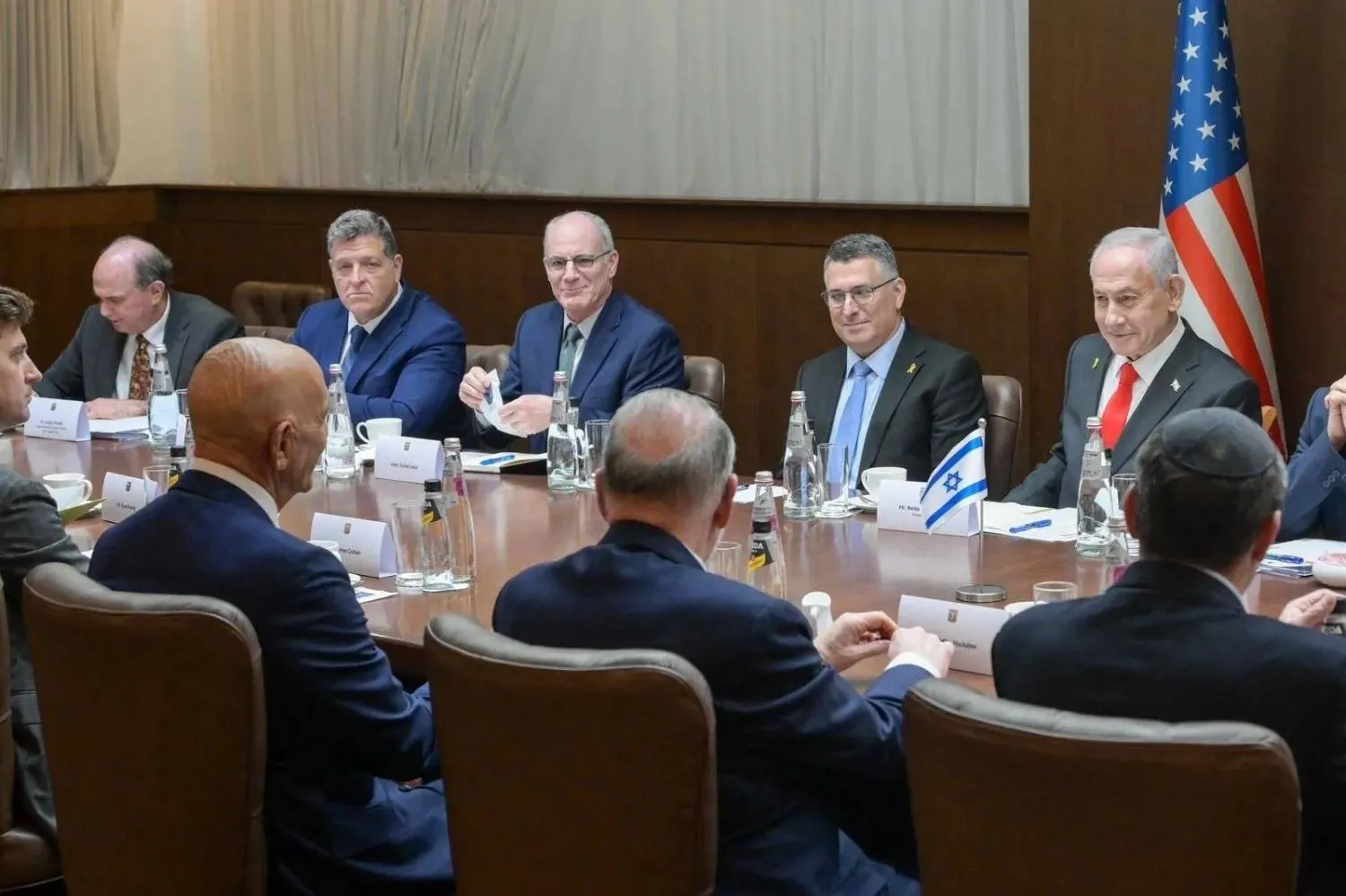Head of Iran’s Quds Force visited Baghdad after the assassination attempt against Iraq’s prime minister, and said Tehran and its allies had nothing to do with the drone attack that lightly injured the Iraqi leader, two Iraqi politicians said Monday.
News of the visit came as an Iraqi army general said the investigation into the drone attack against Prime Minister Mustafa al-Kadhimi is ongoing but that indications point to Iran-backed factions. The general said Monday the drones used in the attack took off from areas east of the capital where Iran-backed militias have influence.
The drone attack was also similar to ones carried out in the past by Iran-backed factions in Iraq. In September, for example, explosives-laden drones targeted the Erbil international airport in the country’s north, where US-led coalition troops are stationed, the army general told The Associated Press. He commented on condition of anonymity because he wasn’t authorized to speak to the media.
The two Shiite politicians requested anonymity because Esmail Ghaani’s visit was not announced publicly. They quoted the Iranian general as saying that Tehran is not opposed to any politician named by the Shiite blocs in the newly elected parliament to become the next prime minister.
The Quds Force is mainly responsible for military and clandestine operations outside the country.
The failed assassination attempt against Kadhimi at his residence has ratcheted up tensions following last month’s parliamentary elections, in which the Iran-backed militias were the biggest losers.
Kadhimi suffered a light cut and appeared in a televised speech soon after the attack on his residence wearing a white shirt and what appeared to be a bandage around his left wrist. Seven of his security guards were wounded in the attack by at least two armed drones.
There was no claim of responsibility but suspicion immediately fell on Iran-backed militias. They had been blamed for previous attacks on the Green Zone, which also houses foreign embassies.
The militia leaders condemned the attack, but most sought to downplay it.
The two Iraqi politicians quoted Ghaani as saying: “Iran has nothing to do with this attack.”
One of the two officials said Ghaani met with Kadhimi on Sunday afternoon in Baghdad.
Lebanon’s Al-Manar TV, which is run by the Iran-backed Hezbollah group, said Ghaani also met with Iraqi President Barham Salih and other political figures in the country.
It quoted Ghaani as saying during his visit that “Iraq is in urgent need for calm.” It added that Ghaani also said that any act that threatens Iraq’s security should be avoided.
The drone attack was a dramatic escalation in the already tense situation following the Oct. 10 vote and the surprising results in which Iran-backed militias lost about two-thirds of their seats.
Despite a low turnout, the results confirmed a rising wave of discontent against the militias.
But the militias have lost popularity since 2018, when they made big election gains. Many Iraqis hold them responsible for suppressing the 2019 youth-led anti-government protests, and for undermining state authority.
Some analysts have said that Sunday’s attack aimed to cut off the path that could lead to a second Kadhimi term by those who lost in the recent elections.
On Sunday, Iran’s Foreign Ministry spokesman Saeed Khatibzadeh condemned the assassination attempt on al-Kadhimi and indirectly blamed the US.
Kadhimi, 54, was Iraq’s former intelligence chief before becoming prime minister in May last year. He is considered by the militias to be close to the US, and has tried to balance between Iraq’s alliances with both the US and Iran.









